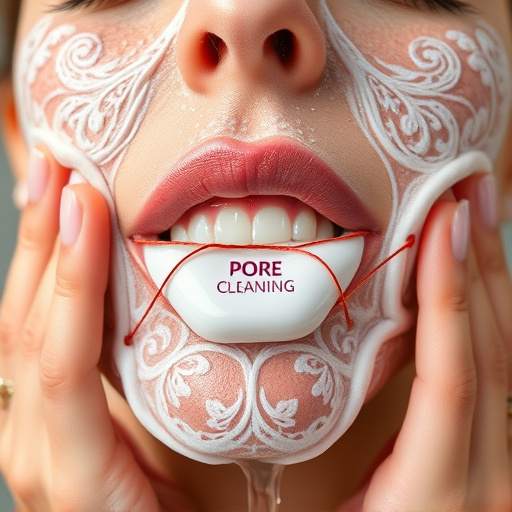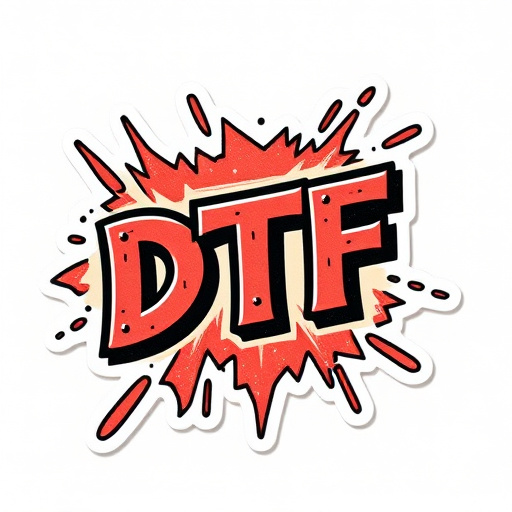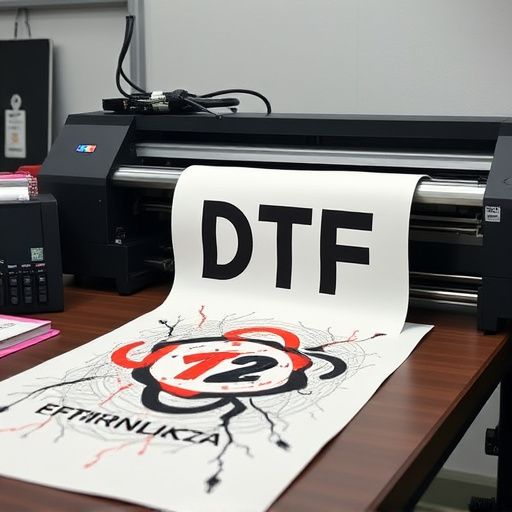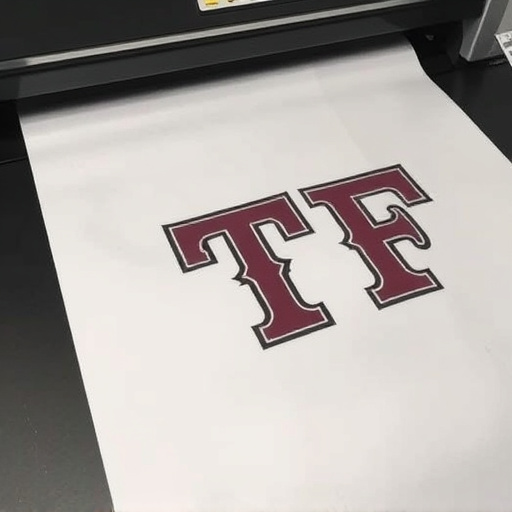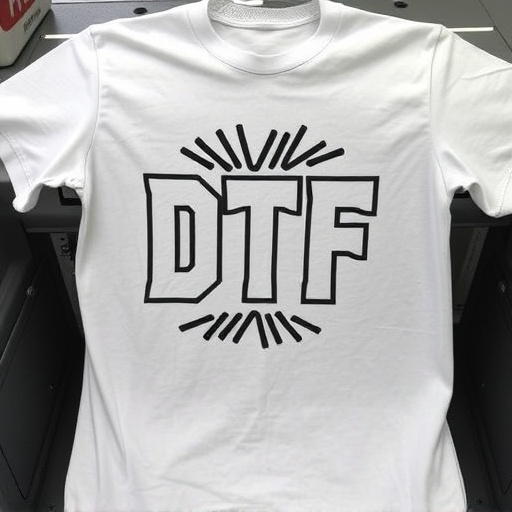DTF inks are transforming fabric personalization with vibrant colors and adhesion for diverse materials. Recent advancements include transfer sheets for creative designs. Pigment choice optimizes color vibrancy, drying times, and fading resistance in DTF inks. Quality control measures, advanced additives enhance performance for outdoor applications, meeting the demand for durable signage and decorations.
In the realm of digital printing, Direct to Fabric (DTF) inks have emerged as a game-changer. Understanding pigment quality within these formulations is paramount for achieving vibrant, lasting prints on diverse fabrics. This article delves into the intricacies of DTF ink composition, explores key factors influencing pigment performance, and provides insights on assessing and enhancing DTF ink quality. By unraveling these aspects, printers can unlock the full potential of DTF inks, ensuring superior results in every project.
- Exploring DTF Ink Composition: The Basics
- Key Factors Influencing Pigment Performance
- Assessing and Enhancing DTF Ink Quality
Exploring DTF Ink Composition: The Basics
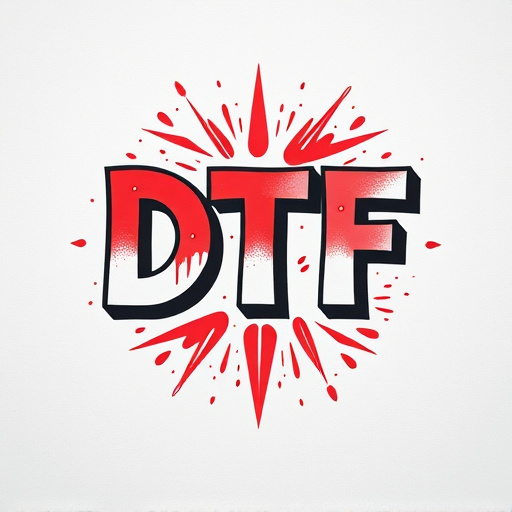
Direct to film (DTF) inks are transforming the way we create and personalize apparel and fabrics. Understanding their composition is key to unlocking their full potential. At its core, a DTF ink formulation consists of pigments, resins, solvents, and various additives, each playing a crucial role in the printing process. Pigments, for instance, contribute to the vibrant colors and opacity of the final design, while resins ensure the ink adheres firmly to the substrate, making it ideal for diverse materials like cotton, polyesters, and even metal surfaces.
The versatility of DTF inks is evident when considering their applications. From creating direct-to-garment personalized hoodies to enhancing designs on t-shirts and other textiles, DTF offers a range of options. The precision and speed of the printing process make it an attractive choice for both small-scale enthusiasts and large-scale industrial operations. Moreover, with advancements in technology, DTF transfer sheets are now available, allowing users to easily apply intricate designs to various surfaces, expanding the creative possibilities further.
Key Factors Influencing Pigment Performance
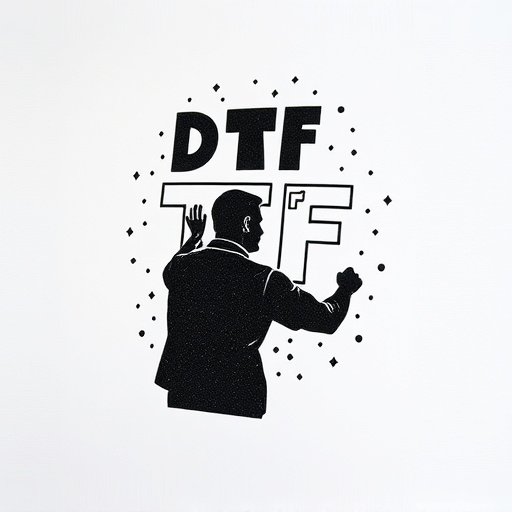
The performance of pigments in Direct to Fabric (DTF) ink formulations is significantly influenced by several key factors. One of the primary considerations is the pigment’s compatibility with the ink system, ensuring it disperses evenly and stabilizes within the matrix. Surface tension, viscosity, and the chemical structure of both the pigment and the ink play crucial roles in achieving optimal color vibrancy and fast drying times, which are essential for efficient dtf printing for dark fabrics.
Additionally, the choice of pigments tailored to specific applications is vital. For instance, when creating custom t-shirts, a wide range of colors and shades can be achieved by selecting suitable organic or inorganic pigments. These pigments not only impart color but also affect the ink’s overall performance, including its resistance to fading, weather exposure, and adherence to different fabric types, all while maintaining the crispness of designs on the final product, such as the dtf transfer film.
Assessing and Enhancing DTF Ink Quality
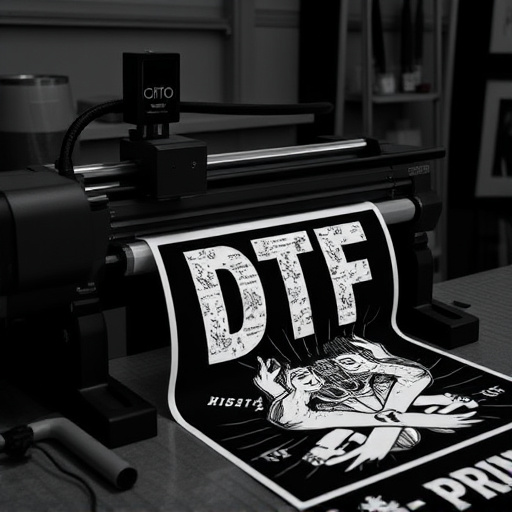
Assessing DTF Ink Quality is paramount to ensuring optimal results in DTF printing processes, especially for applications like DTF transfers and DTF for Apparel. Visual inspection should be the initial step, examining ink color, consistency, and any visible defects. Additionally, testing ink adhesion to various substrates and its ability to withstand washing and wear is crucial. This involves rigorous quality control measures during production, including using specialized equipment to measure color density, precision, and overall print uniformity.
Enhancing DTF Ink formulations requires a deep understanding of pigment properties. High-quality pigments offer vibrant colors, improved lightfastness, and resistance to fading or smudging. Formulators can optimize ink performance by carefully selecting pigments that align with desired characteristics like opacity, flow, and drying time. Incorporating advanced additives can also enhance DTF inks‘ overall quality, including surfactants for better wetting and spread, as well as UV stabilizers for extended outdoor durability, particularly relevant in the ever-growing DTF meaning of outdoor signage and decorations.
Understanding the intricate factors that influence pigment quality in DTF inks is essential for achieving superior printing outcomes. By delving into ink composition, identifying critical performance influencers, and implementing rigorous quality assessment methods, printers can enhance their DTF ink formulations. This expertise ensures vibrant, consistent colors and promotes the overall efficacy of direct-to-fabric (DTF) printing technologies, making it a game-changer for the industry.






